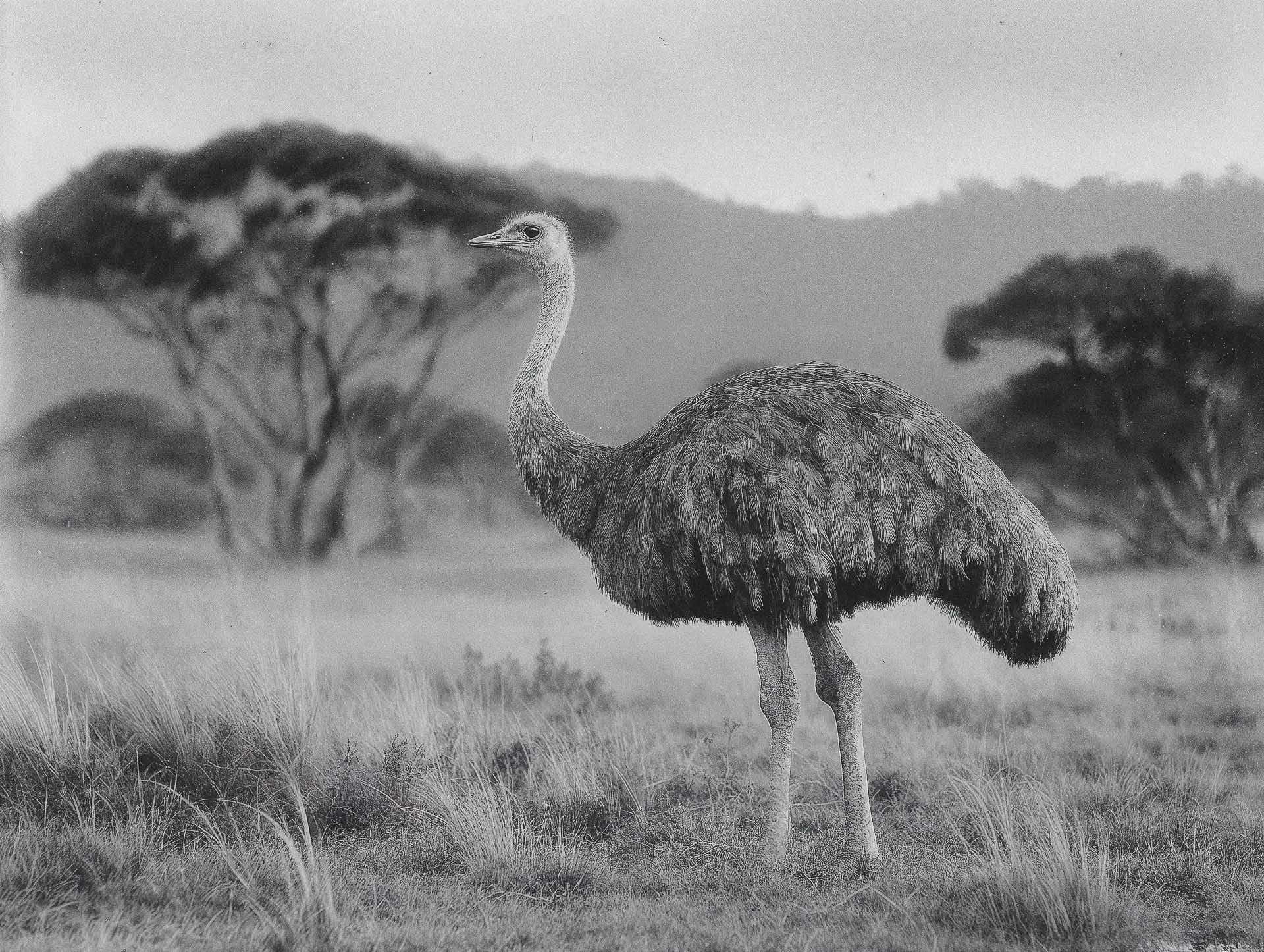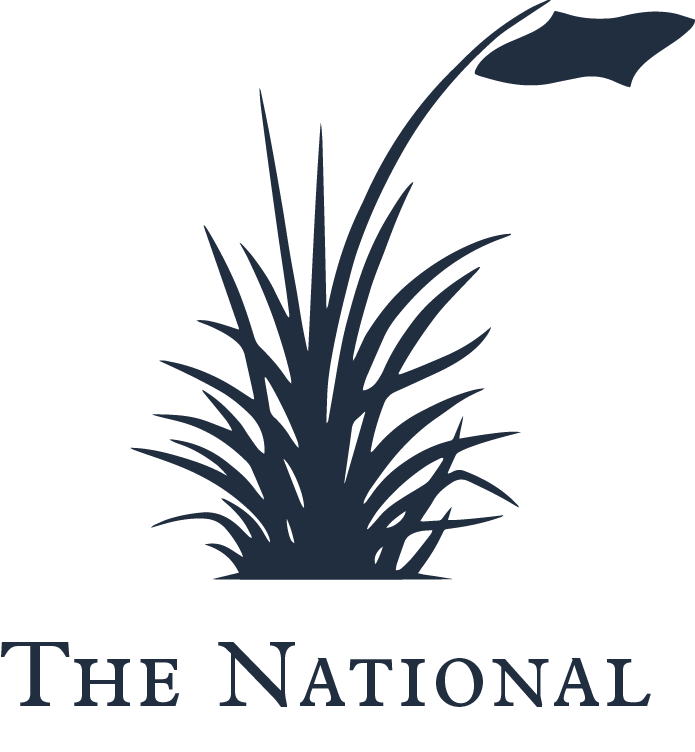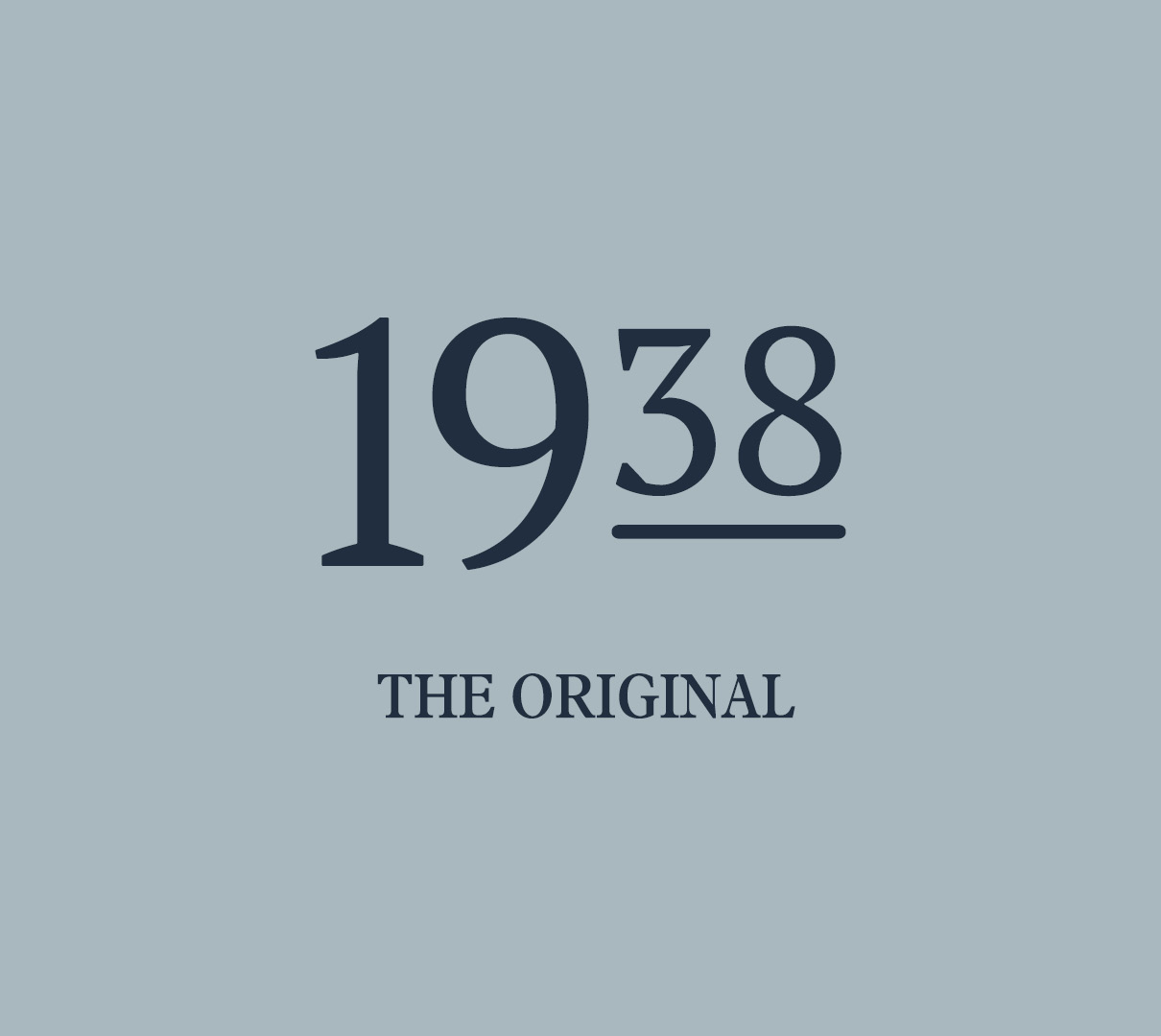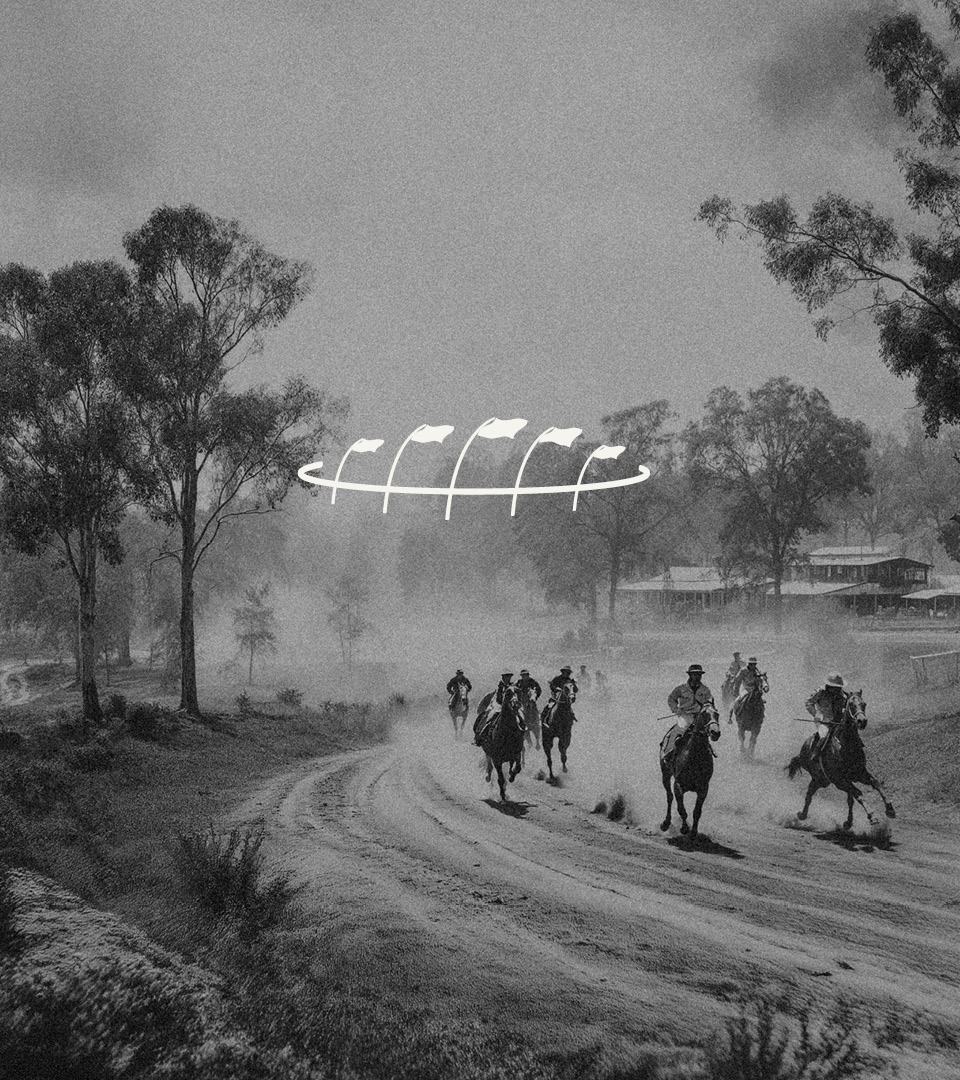The National Journal Presents
Honouring our Heritage
Introducing Long Island's Three Distinct Routings Identities, including an Old Favourite
Written & Edited by William Watt, featuring designs and ai image generations from Contours Agency
The National Long Island has always been more than just 18 holes of Sandbelt style golf. Soon, as the world’s first golf club to offer three distinct routings within a single property, it represents genuine innovation built upon rich historical foundations. We’re proud to unveil new identities for each routing that celebrate the remarkable stories embedded in this land.
Introducing Our New Long Island Identity
Alongside these routing identities, we’re reinstating the classic Long Island monogram – a distinguished, simplified ‘LI’ that many longtime members will recognise with fondness from the original ‘LICC’ monogram. This elegant mark will serve as the primary identifier for our Long Island property, honouring its unique character within The National family while maintaining our unified excellence across all 72 holes.
The Long Island monogram will feature prominently at the property entrance and throughout the clubhouse, marking a return to tradition that many will warmly welcome.

Three Routings, Three Stories
Each routing identity at Long Island tells a different chapter of the property’s extraordinary journey from racecourse to farmland to one of Australia’s most respected golf courses. These new identities don’t just distinguish playing options – they connect every round to the heritage beneath our feet.
Introducing the new family of brandmarks for The National Long Island
Members will see the new routing identities implemented across scorecards, signage, and digital platforms as the Long Island course re-opening comes to fruition.
1938 – The Original
On October 4th, 1938, the Deputy Registrar-General issued a Certificate of Incorporation for Long Island Country Club, officially establishing what would become a significant institution in Australian golf. The distinctive Tudor-style clubhouse, designed by architect John Pearson and built by George How for £4,155, became both landmark and sanctuary for the 74 men and 43 women who formed the club’s foundation membership.
These original members played on fairways that had once seen racehorses thundering by, on land that course architect Gordon Bernard Oliver had confidently declared “of a very high order as the proposed site of a golf course.” The renowned Alex Russell, who had worked with Dr. Alistair Mackenzie on Royal Melbourne’s East course, also assessed the property in 1933, writing that “there is no doubt, that you have there, a piece of first rate golfing country.”
The early pioneers faced substantial challenges, with George Lowe supervising the construction of the course from 1935 and later becoming the club’s first manager. Though World War II would force the club to close when the Defence Department commandeered the facilities, the spirit established in those founding days proved resilient. When members returned after the war, they reconnected with a tradition that had begun in 1938—a tradition that continues to define Long Island today.
The Track
The land that would become Long Island Country Club has a rich equestrian history dating back to 1860, when it was cited in the records of the Victoria Racing Club as “The Frankston Racecourse.” As documented in the club’s history, this track was described as being “on Dandenong Road, near the crossing,” though it was primarily used for local picnic races and training rather than gazetted meetings.
When merchant James Grice purchased the Crown Lease of the estate in 1901, and then full title in 1902, he created a dedicated training ground for his racehorses. An aerial photograph from 1931, preserved in the club’s archives, clearly shows the outline of the race track on what would later become the L.I.C.C. estate, a physical reminder of the land’s sporting heritage.
The racing connection would resurface decades later when, in the aftermath of World War II, a group led by Alfred William Lester (proprietor of Frankston’s Grand Hotel) and Leonard Lindsay Jewson acquired the neglected course. They were supported by Captain Thomas “Cappy” Douglas, a former British military officer and licensee of Lester’s hotel, and Major D.C. “Jock” Whillans, who managed the club from 1945 to 1959. For many years, Long Island was affectionately known as “the bookmakers’ club,” where the spirit of the track lived on in a different sporting context.
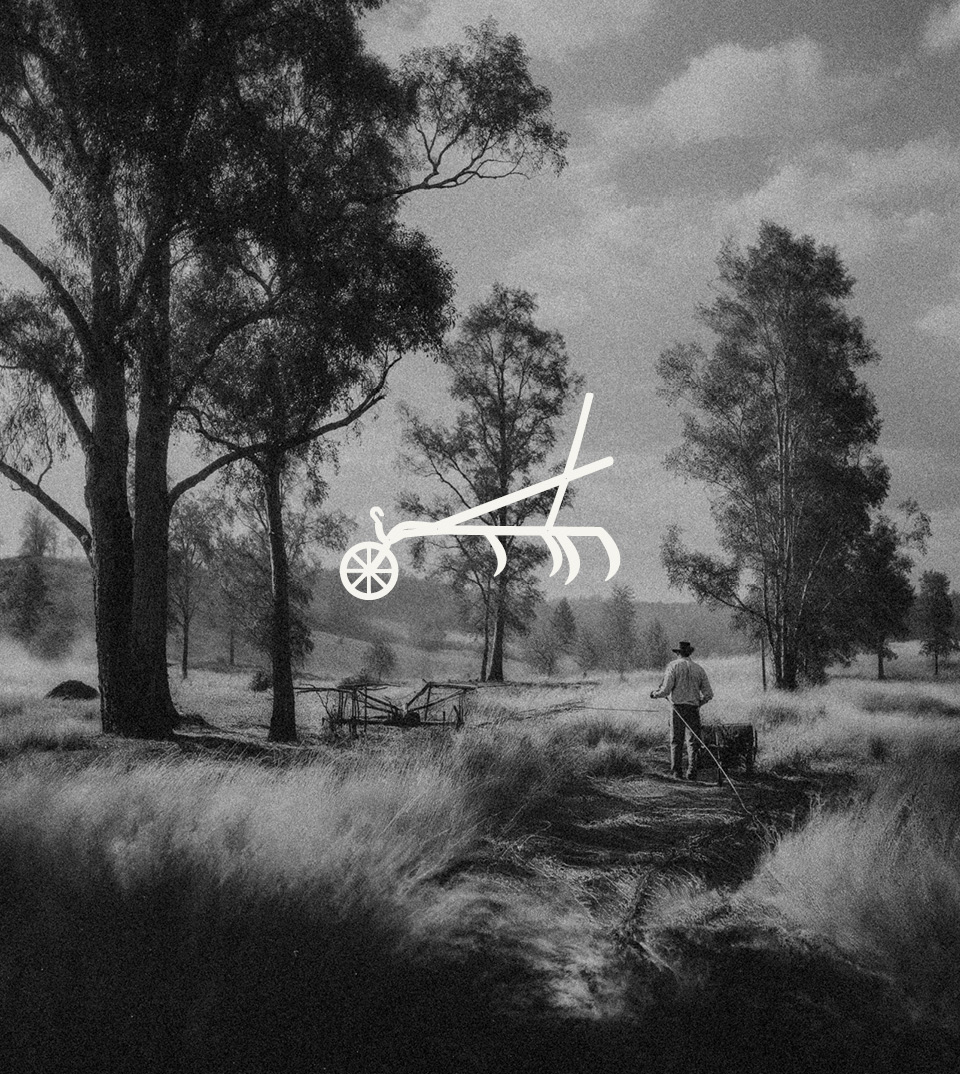
The Farm
Before golfers traversed its fairways, the land that became Long Island Country Club supported a variety of agricultural endeavours that physically shaped the landscape and prepared its destiny as premier golfing terrain.
During World War I, when enemy action and devastating submarine warfare created serious shortages of nutritive and medicinal oils, the Federal Government encouraged peanut cultivation. As documented in the club’s history, the south-western corner of the future club’s land became an experimental peanut farm under the direction of Clere E. Liardet. Work began in November 1915 with the ploughing of 58 acres and planting of seeds imported from China across three different soil types – a mixture of clay and sand, a sandy loam, and pure sand – to determine which would best support peanut cultivation under Victorian conditions.
In the post-war years, parts of the property hosted more exotic agricultural activities when ostriches were bred, their feathers harvested for the fashionable “flapper” hats of the era. The land also saw cultivation of millet, beans and kaoling (a type of sorghum) before its transformation into a golf course.
This agricultural heritage explains the exceptional fertility of the soil that would later produce such magnificent turf, with generations of dedicated greenkeepers serving as the modern stewards of this productive land that has been transformed from one purposeful use to another.
A Living Legacy
These routing names do more than provide wayfinding – they ensure every member and guest understands they’re walking on land with stories to tell. Whether you’re playing The Original and connecting with the club’s founding spirit, testing yourself on The Track where horses once galloped, or enjoying The Farm’s fertile fairways, you’re part of a continuum that stretches back over 160 years.
The reinstated Long Island monogram serves as a seal of this heritage, a mark that speaks to both tradition and evolution. It reminds us that while Long Island is proudly part of The National’s 72 holes of endless discovery, it remains a distinctive sanctuary with its own character and charm. Each routing offers not just a different golfing challenge, but a different connection to the remarkable history beneath your feet.
